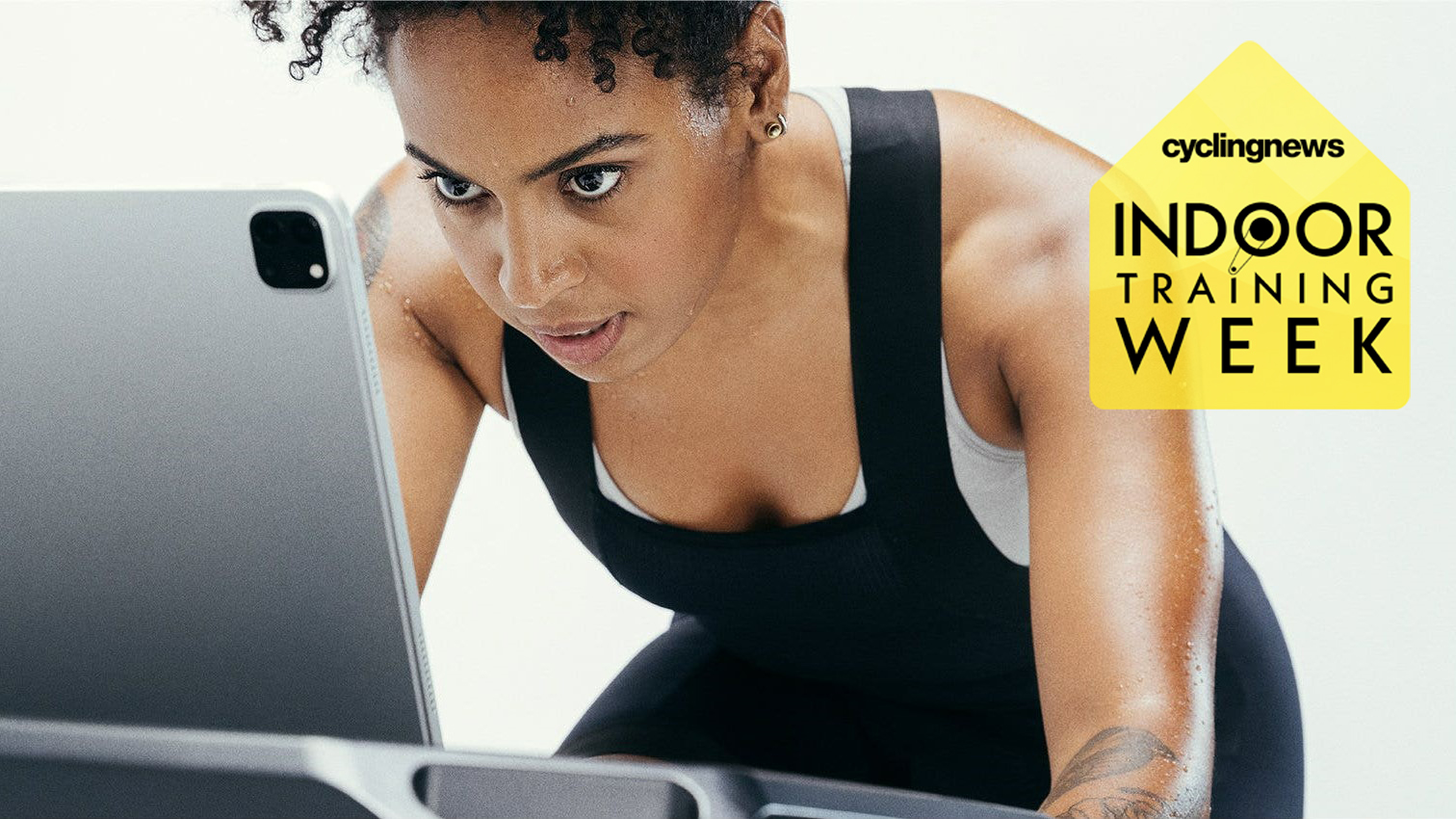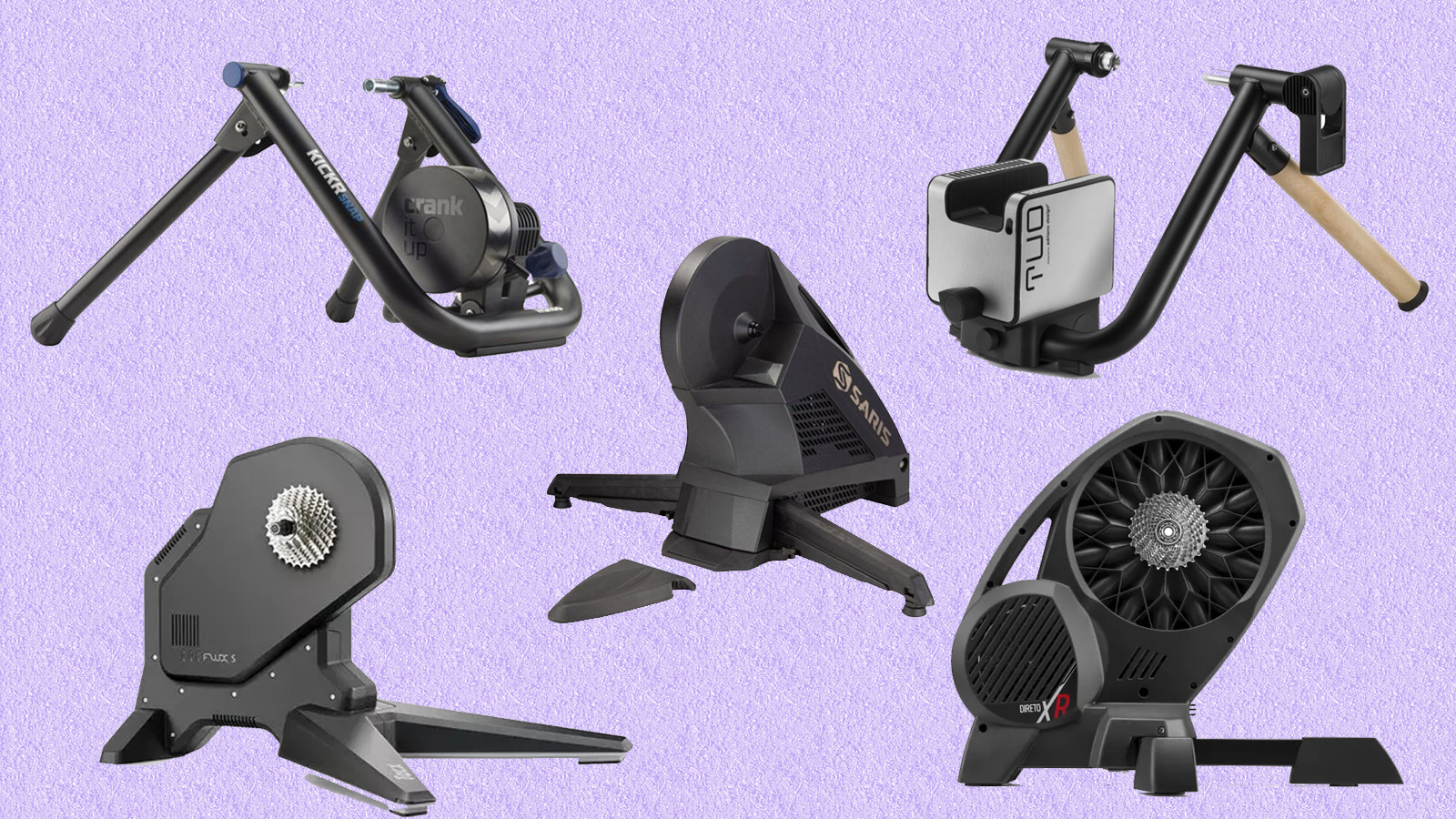Should I buy a turbo trainer?
A turbo trainer is a tool that can help you vastly improve your performance by training through the winter, but is it right for you?

Should I buy a turbo trainer? You may have found yourself asking this question with the onset of autumn and the inevitability of winter on its way. Gone are the days of cycling with short sleeves and shorts, topping up the tan lines and shielding your eyes from the sun. Now our rides are punctuated with rain showers and overcast skies, and the chill in the air is only going to get colder.
With that in mind, you may have found yourself wondering whether investing in one of the best turbo trainers is the answer, giving you the option of devoting this winter to indoor cycling, and keeping your fitness levels up through the cold season, ready for next year.
If you’re new to turbo training, then you might be hesitant to turn over so much of your hard-earned cash for these rather expensive machines, especially if you opt for a smart trainer. Not only does the machine itself cost money, but then there’s the question of whether or not you need to invest in the best indoor cycling clothing, as well as the best indoor cycling shoes to go alongside it.
That’s why we’re here to dispel the myths, answer your questions, and help you decide once and for all if a turbo trainer is the right fit for you. To quickly answer your ‘should I buy a turbo trainer?’ question, it comes down to whether or not you see yourself putting in the work over winter. If you think you’d enjoy using the best indoor cycling apps like Zwift, TrainerRoad and Wahoo Systm, and if you can see yourself foregoing your usual approach to winter cycling to put down the power in your pain cave, then a turbo trainer is probably for you.

Not all turbo trainers are created equal
As with everything else in the cycling market, there’s a plethora of choice out there when it comes to selecting a good quality turbo trainer. From the cheapest Zwift setups with no smart features at all to the top-of-the-range smart trainers that cost a four-digit sum, the sheer amount of options can be overwhelming.
It’s important to understand that there are different types of turbo trainers, and each will serve a different purpose. The first choice to make is whether you want a wheel-on trainer — where you don’t need to remove the rear wheel from your bike — or a direct-drive trainer, which is attached directly to your bike via the rear cassette. From there you need to figure out how much money you want to spend, and which features are most important to you.
For example, if you want a direct-drive turbo trainer that comes with all the bells and whistles, with realistic power delivery and high maximum gradient simulation and resistance, then you should opt for something like the Tacx Neo 2T or a more affordable option like the Wahoo Kickr or Elite Direto XR. For these, you’ll be looking at spending upwards of £899.99 / $999 / €1,099 / AU$1,619.25.
For more budget-friendly direct-drive turbo trainers, you could opt for models that still deliver a realistic ride feel but don’t come with as high simulated gradients and maximum power output. If you’re not an elite racer, you can probably get away with more affordable models like the Tacx Flux S or the Wahoo Kickr Core. At this level, you would look at spending somewhere between £549.99 / $749.99 / €599 / AU$999 and £699.99 / $899.99 / €799.99 / AU$1,249.95.
Meanwhile if you’re more drawn to the wheel-on turbo trainers out there, with their more wallet-friendly price tags and user-friendliness, then you can get away with spending as little as £99.99 / $147.99 / €119,59 / AU$199.99 on the Lifeline TT-01, or up to £429.99 / $499.99 / €499.99 / AU$749.95 on the Wahoo Kickr Snap.

Additional extras
You’ve probably heard all about the indoor cycling accessories that are out there, from fans and desks, to rocker plates, indoor-specific shoes and kit, and turbo-trainer tyres. If you’re feeling unsure about whether you want to invest in all these extras, rest assured that it’s very possible to pursue a winter indoor training regime without bankrupting yourself. All these extras are exactly that: extras. At the very least you will need a turbo trainer and a bike. The rest is entirely up to you.
To help you make sense of all this, check out our comprehensive guide to indoor cycling, as well as our feature that answers the question, do you really need indoor cycling clothing to ride indoors?
Where to buy the best turbo trainers
Ready to take the plunge? We’ve already got an extensive guide to the best turbo trainers around, plus some additional information on how to achieve the cheapest Zwift setup, as well as some clever hacks for indoor cycling to help you hit the ground running.
The latest race content, interviews, features, reviews and expert buying guides, direct to your inbox!
Mildred joined as Reviews Writer for Cyclingnews and BikePerfect in December 2020. She loves all forms of cycling from long-distance audax to daily errand-running by bike, and does almost everything on two wheels, including moving house, and started out her cycling career working in a bike shop. For the past five years she's volunteered at The Bristol Bike Project as a mechanic and session coordinator, and now sits on its board of directors.
Since then she's gone on to write for a multitude of cycling publications, including Bikeradar, Cycling Plus, Singletrack, Red Bull, Cycling UK and Total Women's Cycling. She's dedicated to providing more coverage of women's specific cycling tech, elevating under-represented voices in the sport, and making cycling more accessible overall.
Height: 156cm (5'2")
Weight: 75kg
Rides: Stayer Groadinger UG, Triban RC520 Women's Disc, Genesis Flyer, Marin Larkspur, Cotic BFe 26, Clandestine custom bike
